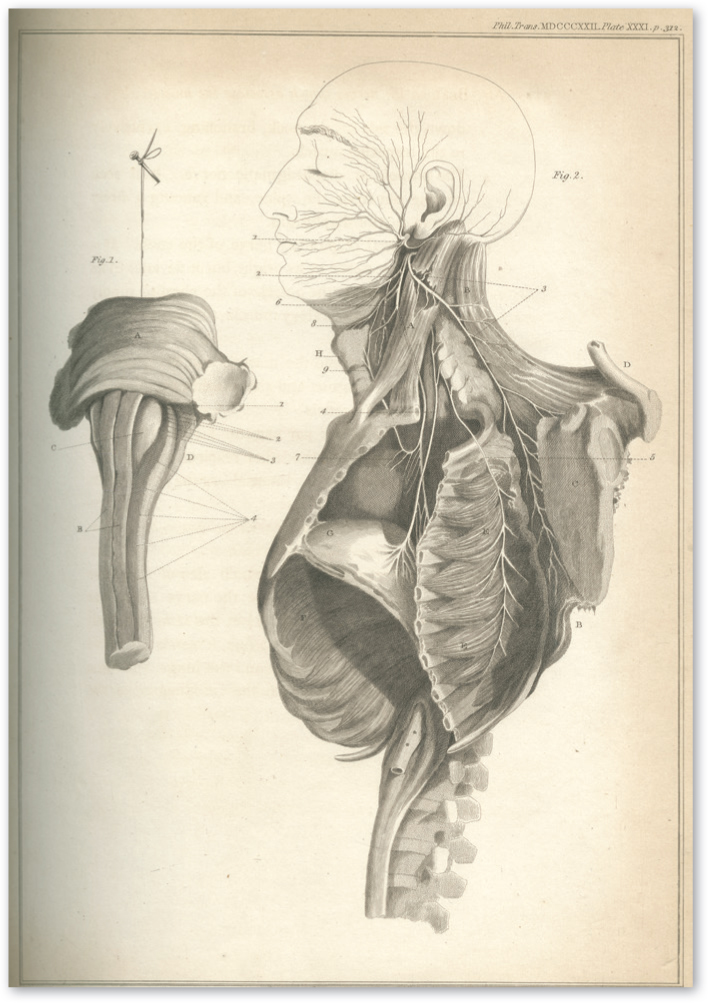The long thoracic nerve of Bell was identified in 1821 by Sir Charles Bell (who also gave his name to Bell's Palsy and a number of other eponymous conditions and signs).
It originates from the roots of the C5, C6 and C7 nerves in the brachial plexus. It innervates the serratus anterior muscle, which is responsible for stabilisation and movement of the scapula. It is a nerve often injured during sporting activity.
More specifically, for paramedic practice, damage to the long thoracic nerve can also be an iatrogenic injury. In particular, it can be bruised or indeed transected during thoracostomy and chest drain insertion, as the nerve runs down the anterior axillary line of the lateral chest wall (Figure 1).

Damage to this nerve can result in shoulder pain, instability and early fatiguability. Clinically, the scapulae may appear asymmetrical and winging of the scapula may be evident on the affected side, with such winging most easily demonstrated using the ‘serratus wall test’.
Sir Charles Bell died in 1842 in Worcestershire from a presumed myocardial infarction after experiencing symptoms in keeping with crescendo angina.

